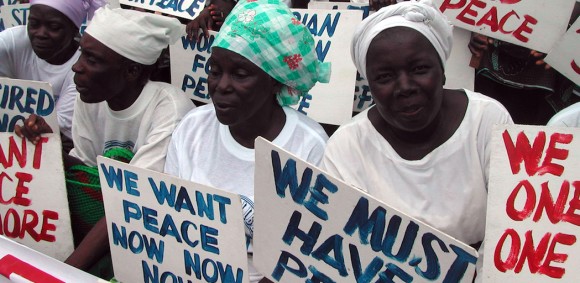
The Democratic Republic of the Congo (DRC) is advancing toward a turning point in its 2025 Ebola outbreak. The World Health Organization (WHO) and the DRC’s Ministry of Health have reported that no new cases have been confirmed beyond a key recent date in Kasai province, signaling that control efforts are gaining traction.
Outbreak Background
On 4 September 2025, health authorities in Kasai Province declared a new outbreak of Ebola virus disease (EVD) following laboratory confirmation of the Zaire ebolavirus strain. As of 21 September 2025, the DRC had reported 57 cases (47 confirmed, 10 probable) and 35 deaths in Bulape Health Zone.
The outbreak emerged in Bulape and Mweka health zones, affecting primarily individuals aged 15 and older.
Turning the Tide: Containment and Response
Rapid mobilisation of response teams — including international partners such as WHO — has been instrumental. The DRC deployed a national rapidresponse team alongside infection-prevention, laboratory and treatment specialists.
Vaccination efforts were launched: the Ervebo vaccine was delivered and administered to frontline health workers and contacts of confirmed cases.
Contact tracing, isolation of cases, and heightened surveillance in remote regions helped break chains of transmission. Communities received targeted awareness campaigns to recognise symptoms and seek prompt care.
Community Engagement and Health System Strengthening
Local leadership, faith groups and youth organisations have been engaged to spread accurate information and build trust. In a region where infrastructure is limited, this community cooperation has been vital.
Emergency delivery of supplies, establishment of treatment units, and deployment of mobile labs ensured that remote areas like Bulape could receive support despite difficult terrain.
The outbreak is reinforcing long-term health-system resilience: improved surveillance, better lab capacity, and stronger infection-control protocols will benefit future public-health efforts.
Economic and Social Impact
As transmission rates decline, normalcy is gradually returning. Local markets, schools and transport networks are reopening, allowing Kasai’s communities to resume day-to-day activities.
International confidence is responding positively. The DRC’s ability to manage the outbreak reinforces its reputation as a partner in global health security and may leverage additional support for infrastructure, health-care development and regional preparedness.
Moving Forward: Vigilance and Resilience
Though progress is clear, health authorities emphasise that sustained vigilance is essential. A critical benchmark of 42 days without new cases is the standard for declaring an outbreak over — a period the DRC is now working to complete.
Long-term investments are in motion: community-based surveillance, vaccination readiness, and local health-worker training are all priorities to prevent future flare-ups.
The story of the 2025 outbreak in the DRC is one of resilience, coordination and hope. As the region moves toward ending this crisis, it offers a model of rapid response and partnership in action.
FAQs
- What is the current status of the DRC Ebola outbreak?
The outbreak is showing strong signs of containment in Kasai Province, with no new confirmed cases reported recently. - Where did the outbreak occur and how many cases were reported?
The outbreak was declared in Kasai Province (Bulape and Mweka health zones) and as of late September 2025, about 57 cases and 35 deaths had been reported. - What key measures helped contain the outbreak?
Vaccination of high-risk contacts, robust surveillance and lab support, rapid isolation of cases, and strong community engagement were central. - When will the outbreak be declared over?
Once 42 days pass with no new cases, the WHO may officially declare the outbreak over. - How is this response beneficial longer-term?
It strengthens the local health system, builds trust in public-health authorities and reinforces preparedness for future outbreaks.



